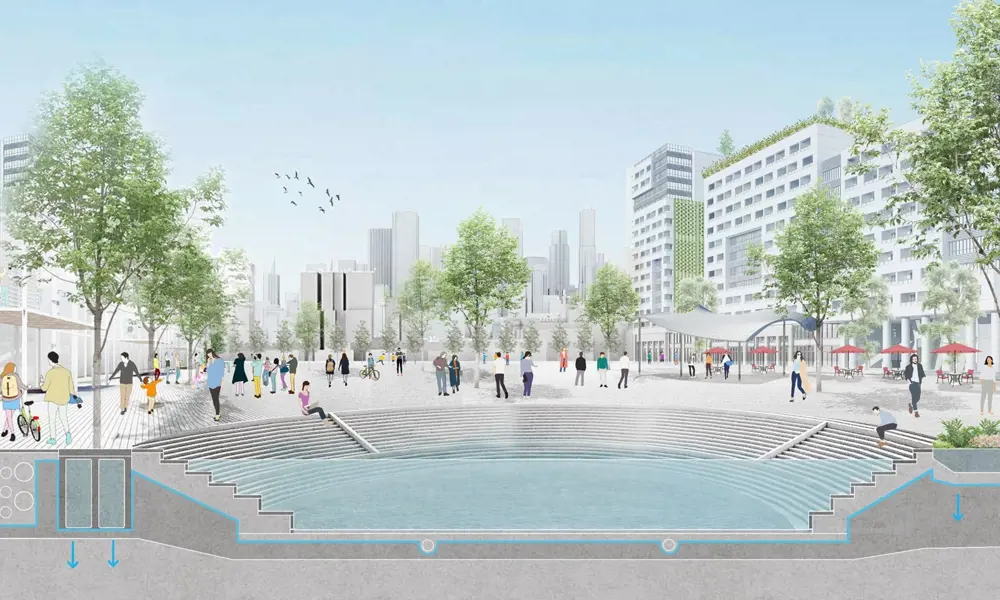
Rethinking the future through design
It is half a century since a series of economic and energy crises led to a realisation that current development trajectories could not be sustained; resources were finite and there may be limits to growth. It became evident then that global challenges in the future may not be solvable through technology or the established pathways of planning and infrastructure delivery. There emerged an awareness of the interdependencies between ecosystems and human systems. The need to rediscover how we might design with nature became apparent. Over time, the concept of ‘sustainable development’ became established, slowly infiltrating mainstream practice, leading to more holistic approaches and, in recent years, the widespread adoption of the United Nations’ Sustainable Development Goals – global aims to achieve a better and more sustainable future for all. But the shift in the way we work has not been fast or deep enough to address the issues foreseen decades ago. There has been lots of rhetoric but insufficient action, as the need was not perceived as acute.
Novel approaches to design and decision-making
It has become increasingly clear that our natural systems have become depleted, degraded and out of balance due to human development. In many areas, our human and social systems are also struggling to provide a resilient and equitable social foundation. The pandemic has highlighted again how poverty and inequality increases vulnerability to shocks and stresses. It is no longer sufficient merely to ‘sustain’ current systems: in many areas we need to restore and enhance them to leave them in a better place for future generations. For example in Hull, we have been assessing the water resilience of the city and how regenerative interventions across natural, engineered and human systems can play an active role going forward.
It is no longer sufficient merely to ‘sustain’ current systems: in many areas we need to restore and enhance them to leave them in a better place for future generations
Arup was founded on the principles of integrated design: crossing silos, balancing science, engineering, and creativity with arts and culture to create better outcomes. As we rethink what that means in the face of current challenges, the role of design in its broadest sense feels more important than ever. Design needs to embrace a greater understanding of our natural systems, natural processes, and their interdependencies with other systems such as transport, energy, food, people, and place. Ian McHarg’s Design with Nature, published in 1971, is a seminal work in the history of ecological design and urbanism. In advance of geographic information systems, it pioneered novel approaches to design and decision-making informed by data and insight across natural and human systems. It seems more relevant than ever as we rethink and recalibrate our relationship with the natural world and the way we design within it. Within the water sector, for example, we must consider how restoring, protecting and enhancing the integrated water cycle can become a catalyst for increasing the resilience, health and wellbeing of our human and natural systems. This could mean restoring a river to sustain greater biodiversity, increase the value of place, encourage greater social interaction with the river, and stimulate economic regeneration. Similar approaches can be taken across all the work of engineers and designers. The most important aspect is not the starting point, but the subsequent process and the outcomes. The concept of regenerative design is a powerful way to capture this approach, which goes beyond the status quo to create net gain across the entire system, minimising loss of biodiversity and helping to restore ecological networks. This can be qualitatively and quantitatively assessed through the social, natural and economic capital derived from the eco-system services provided by the intervention.
What we design is shifting. We are as likely to be curating nature-based solutions, working with a wide range of other disciplines, as engineering more traditionally derived infrastructure. We will work more frequently with the complexity of retrofitting existing buildings, infrastructure and landscapes within our evolving developed world. How we design is changing too. Designing for resilience and regeneration means a renewed focus on collaborative process, openness, diversity, adaptability, and consideration of place-based insight and lived experience.
Designing for resilience and regeneration means a renewed focus on collaborative process, openness, diversity, adaptability, and consideration of place-based insight and lived experience
As we evolve our thinking and reflect on publications such as Design with Nature, the most important word within that title is ‘with’. To design with [water, nature, people, community, place, contingency, time, and so on] means looking beyond, continuing to push boundaries, and absorbing more into our current practice as engineers with a primary focus on outcome. This means extending our own skills and broadening our collaboration with others while increasing our understanding of the natural processes and system we are working within. Our work is becoming more complex, challenging, meaningful, and exciting as a result. For example in Shanghai, we are working at city scale to develop a drainage masterplan, which embraces nature-based blue-green infrastructure as part of a restorative and regenerative approach.
Accelerating regenerative outcomes for people
We need to embrace sustainability, practice regenerative design, design for resilience, and respect planetary boundaries. We need to take an integrated approach, embrace the context of working within a natural system, harness the best of technology and balance this with stronger, fundamentally embedded social and cultural considerations. All these principles are critical and inter-related. They have been useful in broadening out the scope and focus of engineering practice and building a wider shared narrative about our future.
Terminology is bound to shift. New concepts and framings will emerge, but the underlying principles are established now and the imperative to act is clear. As engineers we need to do all we can to accelerate holistic, regenerative outcomes for people, places, and the planet. We should tune ourselves into nature. Learn from it and work with it. We cannot wait another 50 years.
***
This article has been adapted from "Rethinking the future through design", which originally appeared in the print edition of Ingenia 87 (June 2021).
Contributors
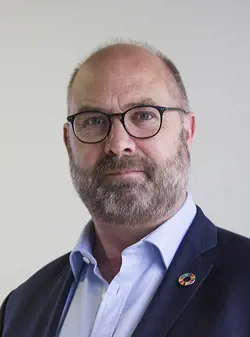
Dr Mark Fletcher FREng currently leads Arup’s Global Water Business. He became an Arup Fellow in 2017, an Honorary Fellow of the Society for the Environment in 2018 and a Fellow of the Royal Academy of Engineering in 2019. He is also Chair of the Water Industry Forum, Leadership Council Member of UK Water Partnership and Board Member for British Water.
Keep up-to-date with Ingenia for free
SubscribeRelated content
Civil & structural
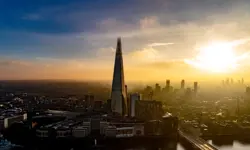
Building the Shard
The Shard is one of London's most iconic buildings. The tallest in Western Europe, it was designed by Italian architect Renzo Piano and dominates the city’s skyline. Ingenia spoke to John Parker, project director for structural engineers WSP, who outlined the engineering decisions made in building the enormous steel and glass structure.
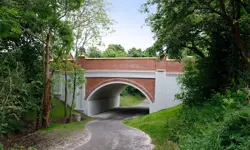
FlexiArch
Arch bridges are strong, durable and require little maintenance. However, very few had been built since the early 1900s until the FlexiArch was developed and launched in 2007. Now, there has been a minor renaissance for this ancient form of construction.

Creating user-friendly buildings
For Michelle McDowell, a former Business Woman of the Year, a passion for joined-up design thinking and building information modelling with a user-friendly approach has enabled her to pioneer revolutionary changes in her field.
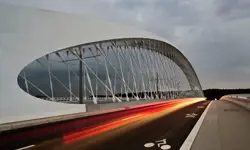
Troja Bridge
In November 2014, one of the world’s largest network arch bridges was officially opened in Prague. The UK may soon have its first network arch bridge if the go-ahead is given for a new rail project in Manchester.
Other content from Ingenia
Quick read

- Environment & sustainability
- Opinion
A young engineer’s perspective on the good, the bad and the ugly of COP27

- Environment & sustainability
- Issue 95
How do we pay for net zero technologies?
Quick read

- Transport
- Mechanical
- How I got here
Electrifying trains and STEMAZING outreach

- Civil & structural
- Environment & sustainability
- Issue 95